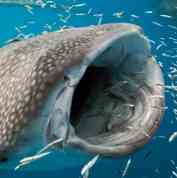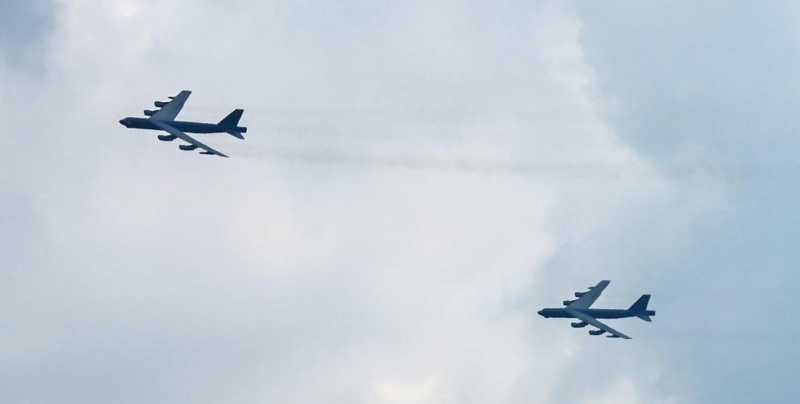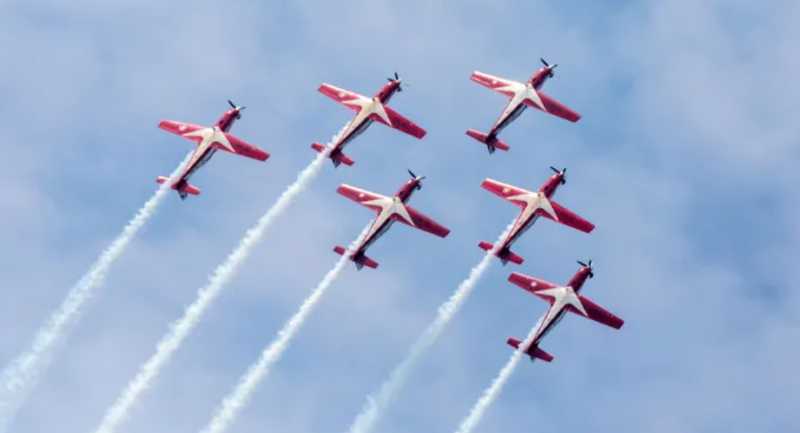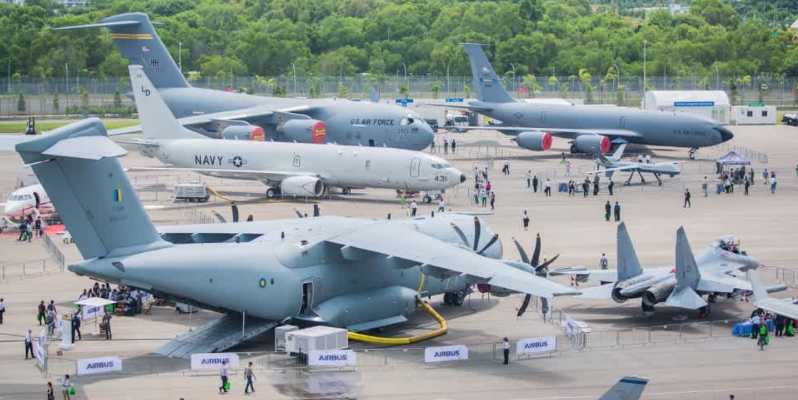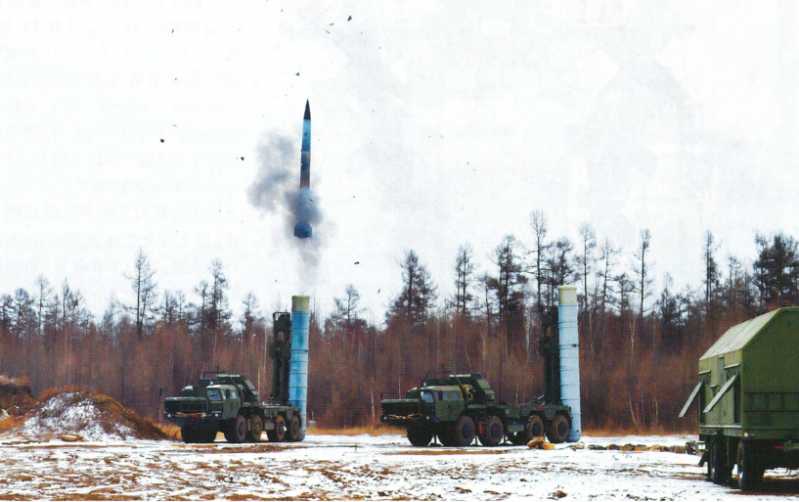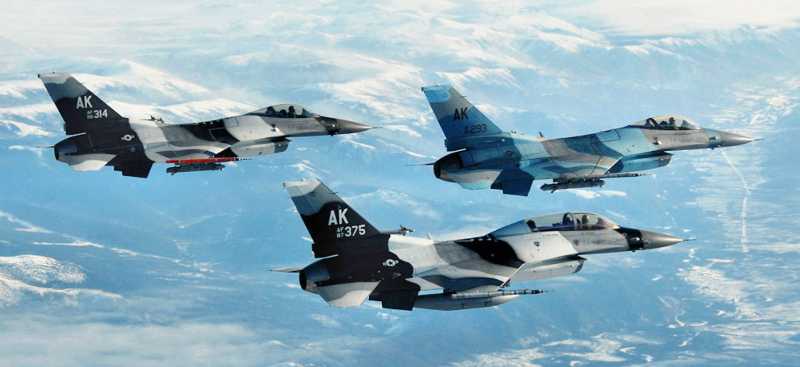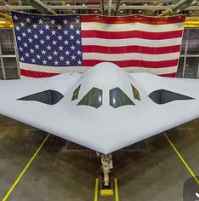In recent years, unmanned combat platforms, including unmanned combat ships, have become a hot spot in the forefront of military technology development. In the ongoing Russian-Ukrainian conflict, the Ukrainian Navy used unmanned boats to launch attacks on the Russian army many times when the Russian Navy controlled the sea power in the Black Sea and there was a huge gap between its own naval strength and that of Russia, and achieved good results. This further highlights the necessity of developing unmanned ships. In 2018, the 707th Research Institute of China Shipbuilding Industry Corporation publicly displayed for the first time a new type of attack unmanned boat named JARI equipped with a shipborne phased array radar at the 2018 African Aerospace and Defense Exhibition held in South Africa, which caused a sensation in the world’s naval industry. At the WDS2024 World Defense Exhibition held in Riyadh, Saudi Arabia in 2024, China Shipbuilding Industry Corporation (CSSC) brought a brand-new combat unmanned boat to its first public appearance. This medium-sized unmanned boat, which is still in the conceptual design stage, was named "Thunder" A2000, which attracted widespread international attention and was reported by professional media represented by Navalnews.

Overall Overview
The "Thunder" A2000 combat unmanned boat has a displacement of 280 tons and a length of 45 meters. Foreign media said it "has impressive specifications and main dimensions". If we compare it with the JARI unmanned boat also launched by China Shipbuilding Industry Corporation, we will know that this is by no means an exaggeration. The JARI attack unmanned boat is 15 meters long, 4.8 meters wide, has a draft depth of 1.8 meters, and a displacement of about 20 tons. The A2000 combat unmanned boat is also equipped with an AESA active phased array radar. Its displacement is 14 times that of the JARI unmanned boat. The large main scale and displacement mean that there is more space and weight in the hull to arrange various weapons and equipment, and the comprehensive combat capability is naturally significantly improved. From this point of view, the JARI unmanned boat seems to be more like a scaled-down test boat, which performs the task of trial and error. In the future, unmanned boats may become larger and larger, and even comparable to manned main battleships.
Another point worth noting is that the A2000 adopts an overall ship design different from the JARI unmanned boat, and boldly adopts a rare trimaran design. In fact, my country already has rich experience in trimaran design. Not only have trimaran test ships and missile boats come out, but also a trimaran frigate for foreign trade was launched at the 2017 Abu Dhabi Naval Defense Exhibition. It can be seen that China has strong technical reserves and rich design and application experience in this special niche ship field.
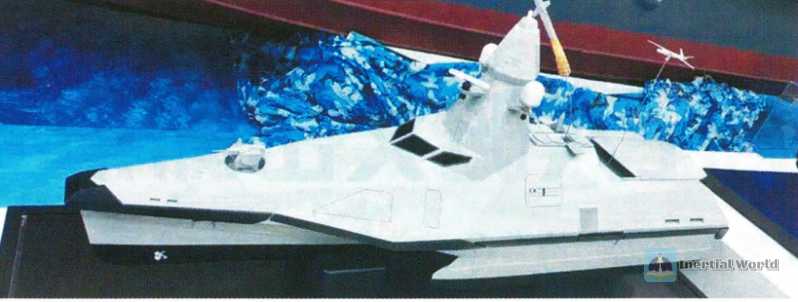
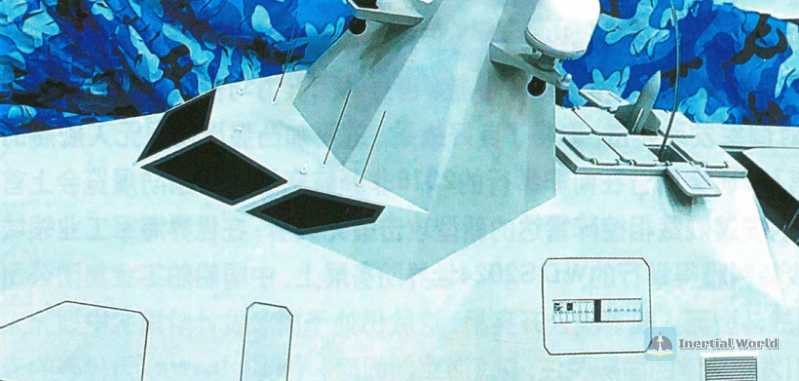
Why use a trimaran? This design has two advantages. First, the deck of the trimaran is shared by three hulls, so while ensuring that the width of the hull remains unchanged, each single hull can be made thinner, so that a much larger aspect ratio can be obtained than a single hull. As we all know, the larger the aspect ratio, the more conducive it is to reducing the wave-making resistance during high-speed navigation. The ship moves forward by splitting the waves instead of jumping on the waves, so the ship’s speed is faster. In addition, the trimaran can also obtain favorable wave-making interference by adjusting the relative position between the two side hulls and the main hull, further reducing the wave-making resistance. But the larger the length-to-width ratio, the better. As the length-to-width ratio of a ship increases, it will also bring many problems, such as poor stability, larger pitch and roll amplitudes, greatly reduced sailing comfort, and the danger of capsizing during high-speed travel. At the same time, the larger the length-to-width ratio, the narrower and narrower the hull. A narrow hull is not conducive to the arrangement of more and more shipborne weapons and equipment, and it will also deteriorate the work and living space for the crew, especially for ships performing ocean-going missions. For this reason, in actual design, the length-to-width ratio is often limited to a reasonable range. The length-to-width ratio of modern military surface ships is mostly 6 to 8 to 1.
So, is there a way to have the best of both worlds, which can ensure that the ship has a larger length-to-width ratio and make it faster; and make the ship wider and more stable? Traditional monohulls cannot take these two points into account, but the special trimaran configuration can coordinate and solve these two problems well. A trimaran has three hulls arranged side by side. For the aspect ratio, the ratio of the length and width of each single body is calculated. Therefore, each single body can be made very slender to increase the aspect ratio and obtain a faster speed. However, since the deck of the trimaran is actually shared by three hulls arranged side by side, although each of the three single hulls is relatively narrow, they can be added together to obtain a wider hull. In this way, the aspect ratio can be increased and a spacious space can be obtained, which can be said to kill two birds with one stone.
Second, the trimaran type can not only achieve high speed, but also the two side hulls can provide good stability for the trimaran during high-speed navigation, making the trimaran fast and stable, which is unmatched by traditional single-body frigates. The stability of the ship is very important for the "Thunder" A2000 unmanned boat with a displacement of only 200 tons. It means that it has a strong ability to resist strong winds and waves when sailing on duty at sea, and it is also conducive to ensuring the accuracy of ship-borne weapons when firing.
From the appearance, the "Thunder" A2000 unmanned boat has a distinct stealth appearance feature, and the overall design is simple and smooth. Except for the remote control weapon station system at position A, the front of the ship has a very smooth appearance without any protrusions, and the ship-to-air missile vertical launch system is also hidden in the hull. In the middle and rear of the hull is a polyhedron fully enclosed stealth mast. The polyhedron design is also conducive to stealth and the placement of phased array radars. This type of phased array radar can conduct comprehensive surveillance of the sea and air.
In terms of weapon systems, the "Thunder" A2000 is also very prominent. Behind the stealth mast, there is an 8-unit vertical missile launch system that can accommodate medium- and short-range ship-to-air missiles. According to foreign media speculation, it is likely to be the "Red Flag"-10, which is about 2 meters long, 0.12 meters in diameter, and has a flight speed of 3-4 times the speed of sound. The maximum overload can reach 40-50g and the maximum range is 10 kilometers. Another outstanding feature of the Thunder A2000 is the 24-unit side launch system installed on the port and starboard sides. At first, some people speculated that this was a jammer launcher for electronic countermeasures, but later it was analyzed that this was still a small multi-purpose lethal munition used for side self-defense. It is very likely to be the small cruise missile system that has been shining in the current Russian-Ukrainian conflict. It can strike both surface ship targets and land targets. Its flexible flight trajectory, standby capability and integrated detection and strike capabilities are unmatched by traditional anti-ship ammunition, giving the Thunder A2000 super strong attack power. Another self-defense weapon of the Thunder A2000 is the 30mm remote-controlled weapon station system set at the bow, which is provided with fire control illumination by the optoelectronic system.
Some people think that the Thunder A2000 lacks powerful anti-ship attack weapons, but I think this may not be the case. Judging from the scaled-down model of the Thunder A2000 on display, there is a cover on each side of the bow of the Thunder A2000. Referring to the relevant weapon design of the JARI unmanned system, it is very likely that a hidden torpedo launcher is installed here. There are 2 optional 324mm caliber torpedo launchers, which can launch 2 light torpedoes, such as the domestic foreign trade ET52C light anti-submarine torpedo. In order to cooperate with torpedoes for anti-submarine operations, the Thunder A2000 unmanned boat can be equipped with shipborne sonar.
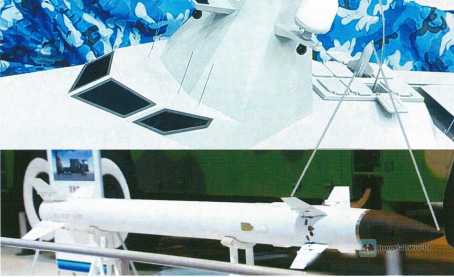
From the configuration of mission equipment, the Thunder A2000 unmanned boat can perform various tasks such as air and sea reconnaissance and surveillance, submarine search and anti-submarine and maritime operations, and it lives up to its name of "multi-purpose". In particular, its onboard active phased array radar gives it long-range target detection and surveillance capabilities far beyond other unmanned boats in the world. It has extremely strong reconnaissance capabilities and can effectively control the movements of enemy targets within the sea area under surveillance. From the perspective of weapon configuration, the "Thunder" A2000 unmanned boat is fully equipped with self-defense anti-ship, air defense, and anti-submarine weapons. In terms of 200-ton unmanned boats, its firepower density and combat capabilities are rare in the world.
In addition to its powerful weapon system, the "Thunder" A2000 is good at coordination and control, which is rare among unmanned boats with single functions of reconnaissance, attack, and suicide. Behind the boat is a concealable drone platform that can launch and recover vertical take-off and landing reconnaissance and strike drones. Together with the ship-borne phased array radar, it greatly expands the platform situational awareness capabilities of the unmanned boat itself.
The Thunder A2000 is remotely controlled by a shore-based control station or mother ship. The control signal can be relayed through relay platforms such as communication satellites or long-range strategic drones, allowing the Thunder A2000 to have a range of more than a thousand kilometers and penetrate deep into the ocean. Considering the outstanding stability and navigation performance of the trimaran type, it is particularly suitable for duty operations in blue waters far away from the coastline. The powerful situational awareness and long-distance communication capabilities make the Thunder A2000 a reliable remote information provider platform, providing real-time intelligence information on the ocean for the shore defense system and the naval fleet sailing in the ocean.
Foreign media gave high praise
The powerful and balanced multi-purpose capabilities of the Thunder A2000 have attracted widespread attention and high praise from international professional media and military experts.
Navalnews, a long-established professional naval media, believes that in peacetime, the A2000 unmanned boat platform can be used as a means of strengthening forces in coastal waters, replacing or supplementing manned ships to perform daily tasks such as reconnaissance, surveillance, and patrolling; in wartime, it can seamlessly transition to the mid- and long-distance ocean areas to perform denial/anti-intervention missions. The multi-purpose capabilities of the A2000 unmanned boat are extremely outstanding, enabling it to adapt to various operational requirements from peacetime surveillance to high-intensity conflict scenarios. The A2000 can operate independently or become a component of an unmanned network fleet, improving China’s ability to respond quickly to changing maritime challenges. The versatility and power of this unmanned boat may indicate that unmanned naval warfare has entered a new era and consolidated China’s naval technology strength.
Conclusion
According to foreign media reporters, they contacted the exhibitor of China Shipbuilding Industry Corporation, but the exhibitor did not provide the company’s official manual detailing the technical specifications of the "Thunder" A2000, and the company’s website did not provide information about this model of unmanned boat. The officials at the booth said that the reason was that the "Thunder" A2000 was a new design and was still in the conceptual design stage.
From this point of view, the participation of the "Thunder" A2000 in the exhibition, on the one hand, showed the world-leading technical strength of my country in the field of unmanned boat technology to the international market, and on the other hand, it also made a good advertisement for my country’s naval industry to further open up the world market for foreign trade-made in China, trustworthy.



